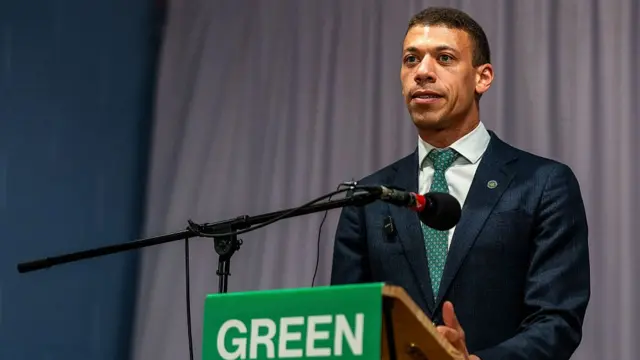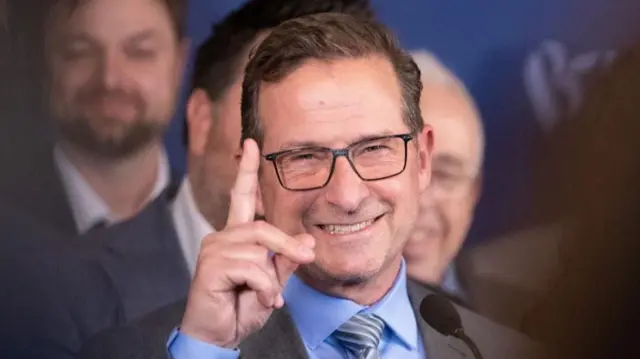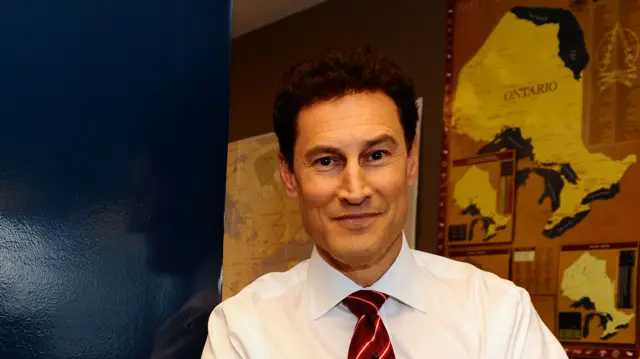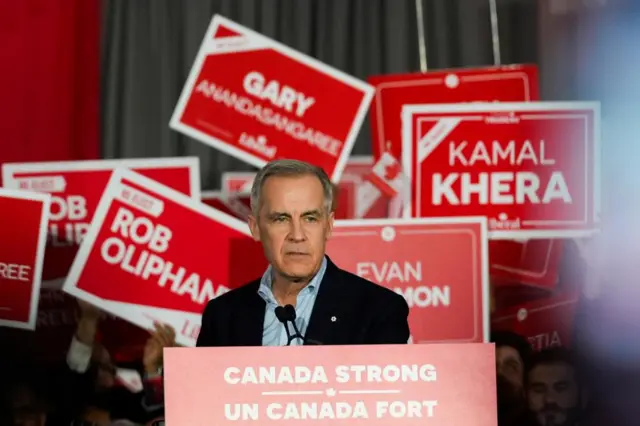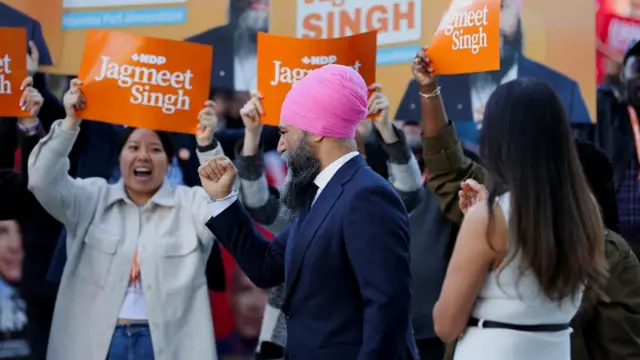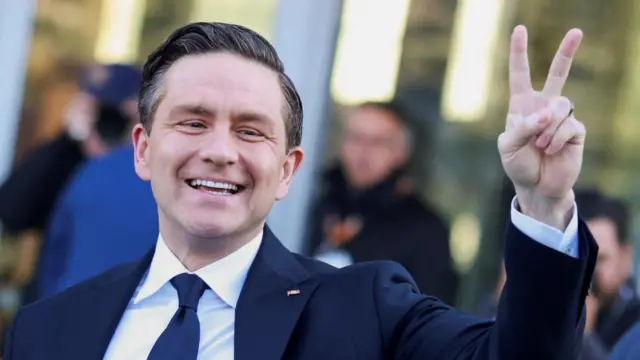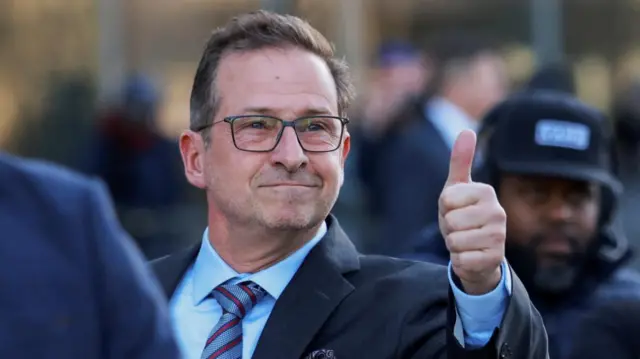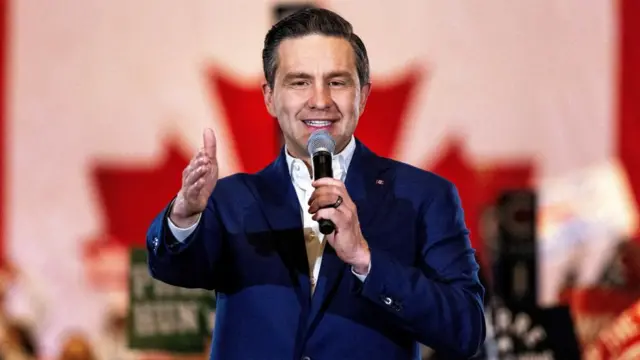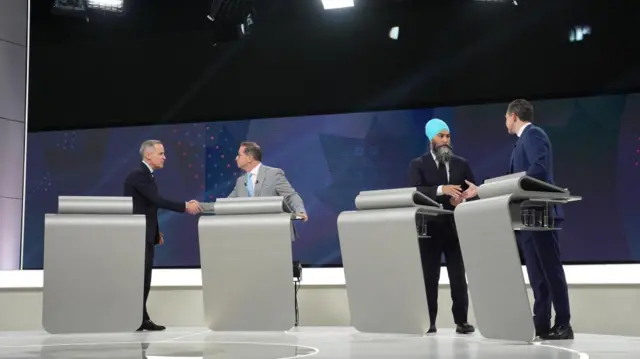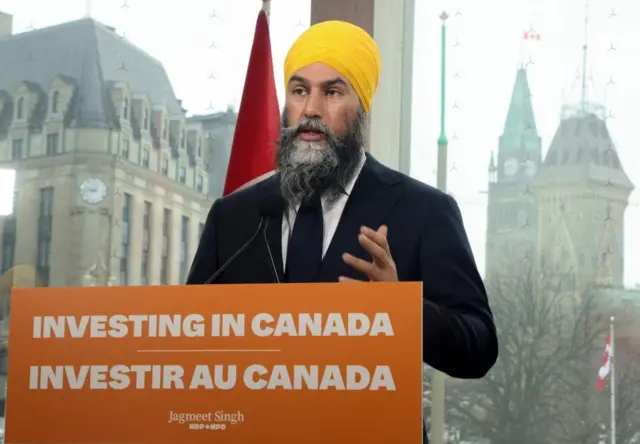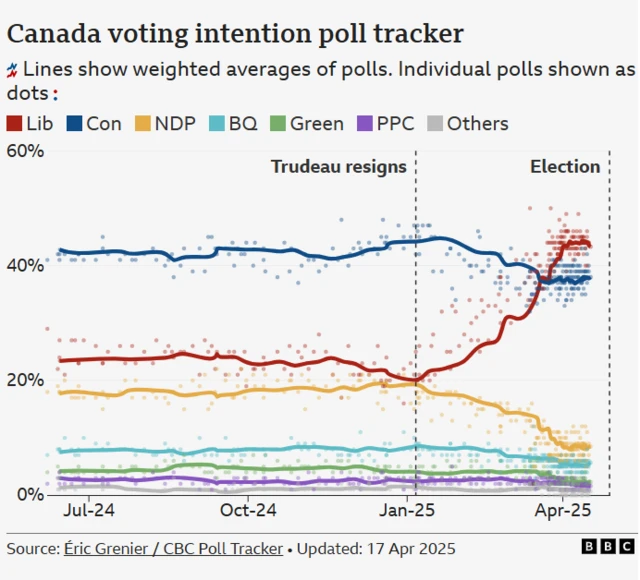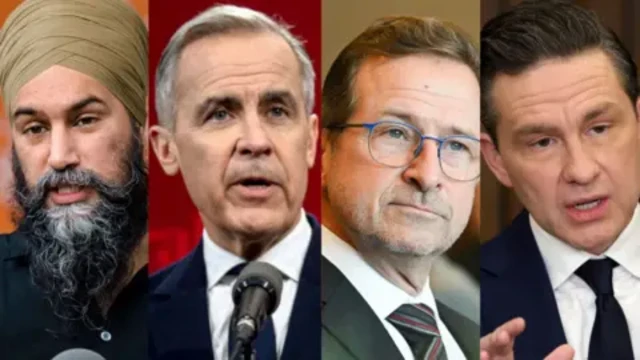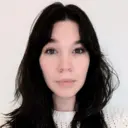
Handling Trump will be a key issue for voterspublished at 23:57 BST 17 April
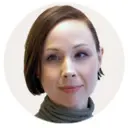 Jessica Murphy
Jessica Murphy
BBC News, Toronto
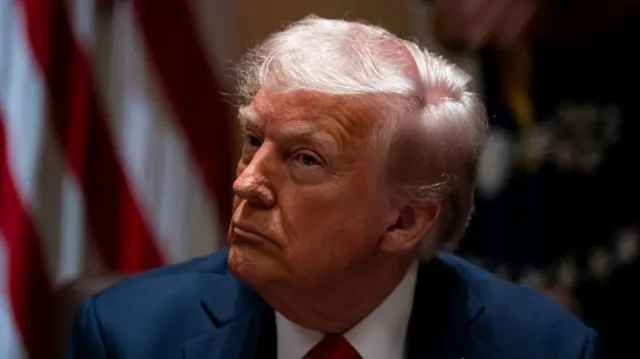 Image source, EPA
Image source, EPACanada and the US share deeply integrated economies, a long-standing security partnership and the longest "undefended" border in the world.
So when President Donald Trump says he wants to use "economic force" against America's northern neighbour, calls the border an "artificially drawn line" and imposes steep tariffs, it marks a profound shift in the relationship between the two allies.
Trump's interventions have already reshaped politics in Canada, helping transform what seemed like a certain Conservative victory into a too-close-to-call battle with the Liberals.
And as campaigning began, all the party leaders focused their launch messages heavily on the US threats.
Trump has made his views on the election known, telling Fox News host Laura Ingraham on 18 March that Conservative leader Pierre Poilievre is "stupidly, no friend of mine" and that it may be "easier to deal actually with a Liberal".
Ultimately, he added, who wins "doesn't matter to me at all".
